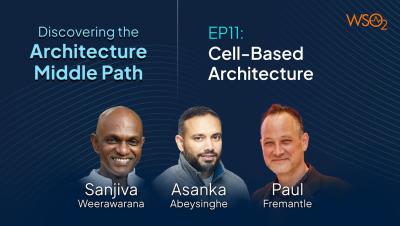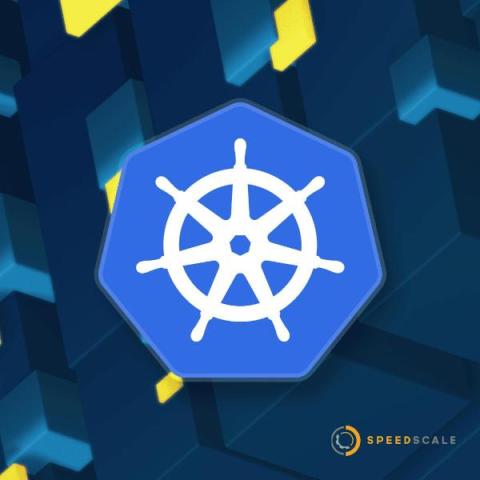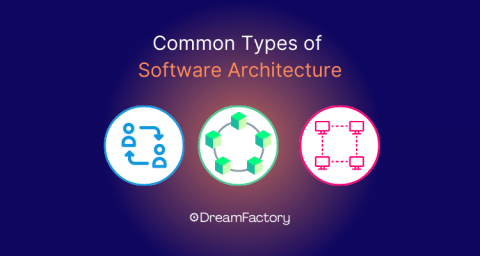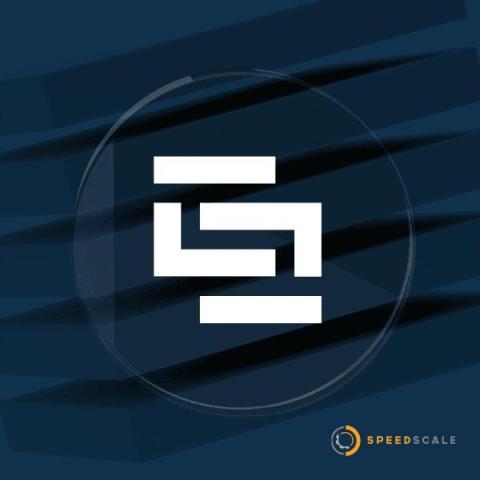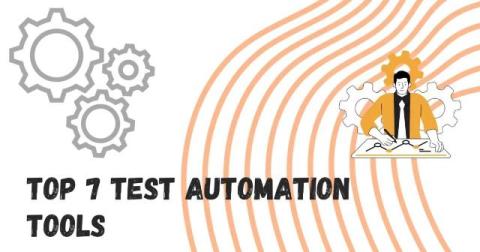EP11: Cell-Based Architecture
In this special edition, hosts Sanjiva and Asanka are joined by WSO2 co-founder Paul Fremantle for an in-person recording in the studio. Sanjiva leads the discussion, while Paul and Asanka, co-authors of the cell-based architecture, share their insights and experiences. Together, they explore the core principles of cell-based architecture, its practical applications, and how it reshapes modern software architecture.


